In a harshly lit, striking white room hangs various colored fishing nets surrounding an otherwise empty space. Under a vast, multi-colored circular net, hangs a collection of different colored glass bottles, jars and jugs full of an assortment of liquids. Stepping under the net, both emotionally and physically you are inside the piece.
This is the work of Los Angeles-based artist Carolina Caycedo, who utilizes vibrant colors and textures in connection with common household items, natural resources and trash to make up the simple yet powerful messages of her work, Cosmotarrayas.
Currently on display at the Institute of Contemporary Art (ICA), Caycedo’s hanging sculptures are part of a larger, ongoing project entitled Be Damned. The project takes an examined look at the impact of dams built along waterways, as well as the ecological, economic and social effects they have on the land, and the people who inhabit it. Specifically, in Latin American countries.
Caycedo was born in London to Colombian parents, but spent her childhood in Bogotá, Colombia. Within her work, she aims to connect to the struggles of her people, and those who face the impacts of the privatization of waterways. With Be Damned, Caycedo’s interdisciplinary work represents these hardships, in the form of workshops, installations of sculptures, videos and handmade books. Which, according to the ICA, all incorporate indigenous forms of knowledge.
Cosmotarrayas (2016-2020) features a collection of different shaped and sized hanging sculptures, primarily created from handmade fishing nets and objects Caycedo collected during field research. Flowers, metal, bottles, herbs and even human hair connect to represent the life and death of land, humans and other forms of life, due to the overwhelming power of transnational corporations that continue to use the limited amount of natural resources we have left.
Bodies of water are at the center of Caycedo’s work, and with the rapidly growing concerns of climate change, the destruction of waterways is bringing a call to action. Caycedo stresses environmental justice for human and non-human life through her work, and this exhibit in particular forces viewers to acknowledge it, whether they like it or not.
In Nuestro Tiempo, pink and purple hues make up a prism shaped net, which encompasses a white hand with fingers outstretched, holding onto a wool charm. The hand sits between a tambourine and a palm mat, covered in small white flowers that resemble baby’s breath. The piece catches your attention at first glance, attracting curiosity to what it holds inside.
Quite possibly, the most striking piece is Flying Massachusetts. Marking the culmination of Cosmotarrayas, it pays homage to indigenous peoples, and acknowledges the land around the Greater Boston area. Caycedo utilizes a hand-dyed fishing net and trap, a hand-carved wooden boat, in addition to stones and pebbles collected from the Boston Harbor, Blue Hills Reservation and Neponset River. The piece floats in the air, hanging distinctly in its spot above the exhibit. The malleable objects Caycedo uses create a symbolic piece that embodies not only the land of Massachusetts, but also the indigenous people of the area.
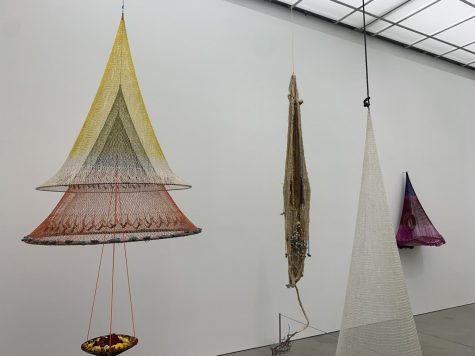
Caycedo succeeds at embodying the threat indigenous people face to their livelihood within Cosmotarrayas. Representing distinct and different areas of land from around the world, Caycedo creates symbols of indigenous and Native American knowledge and philosophies, which recognize land, water and animals with extreme respect. Caycedo puts forth a bold, yet beautifully crafted exhibit with countless layers that will leave viewers questioning what else the developed world has lost sight of. Cosomotarrayas will be on display at the ICA from now until July 5th, 2020.
CORRECTION: An earlier version of the article misspelled the country Colombia as Columbia. The Journal apologizes for this error.


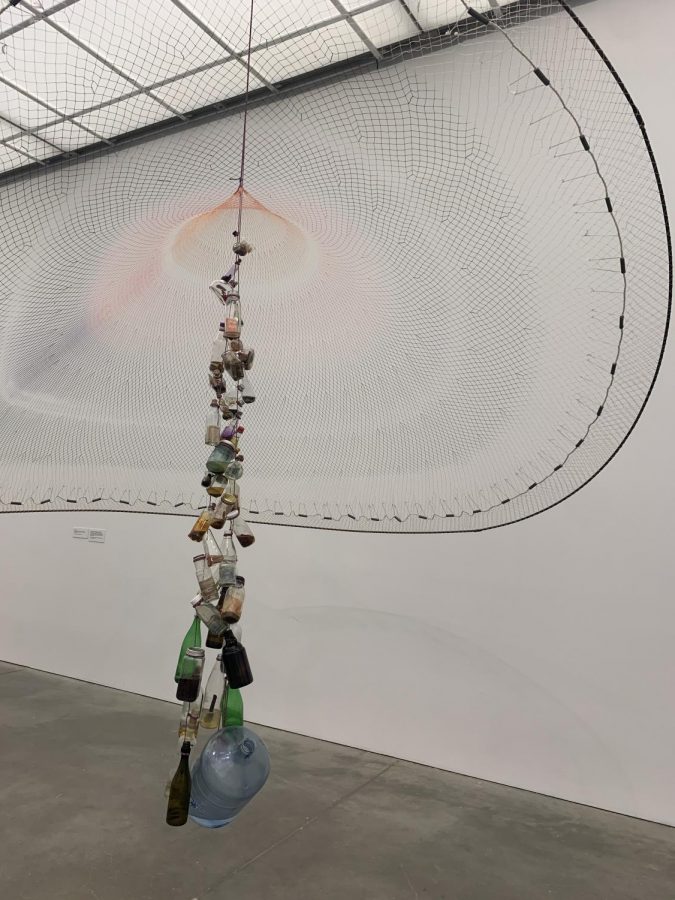
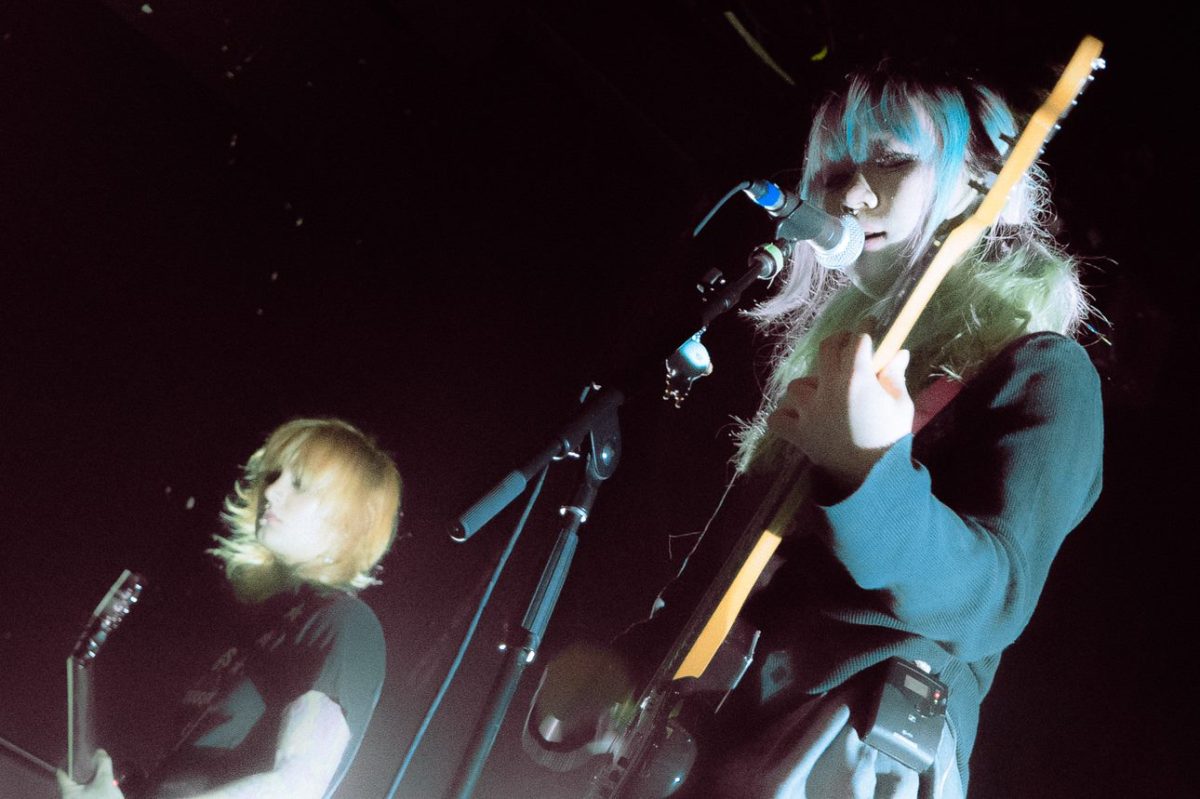

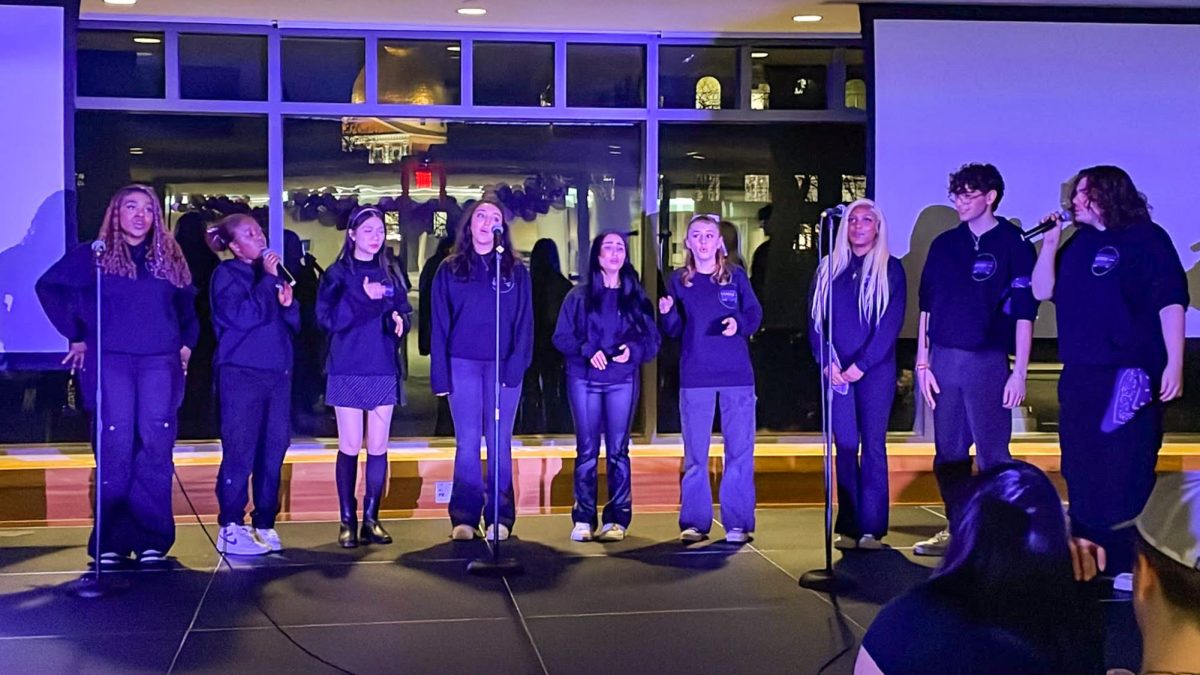
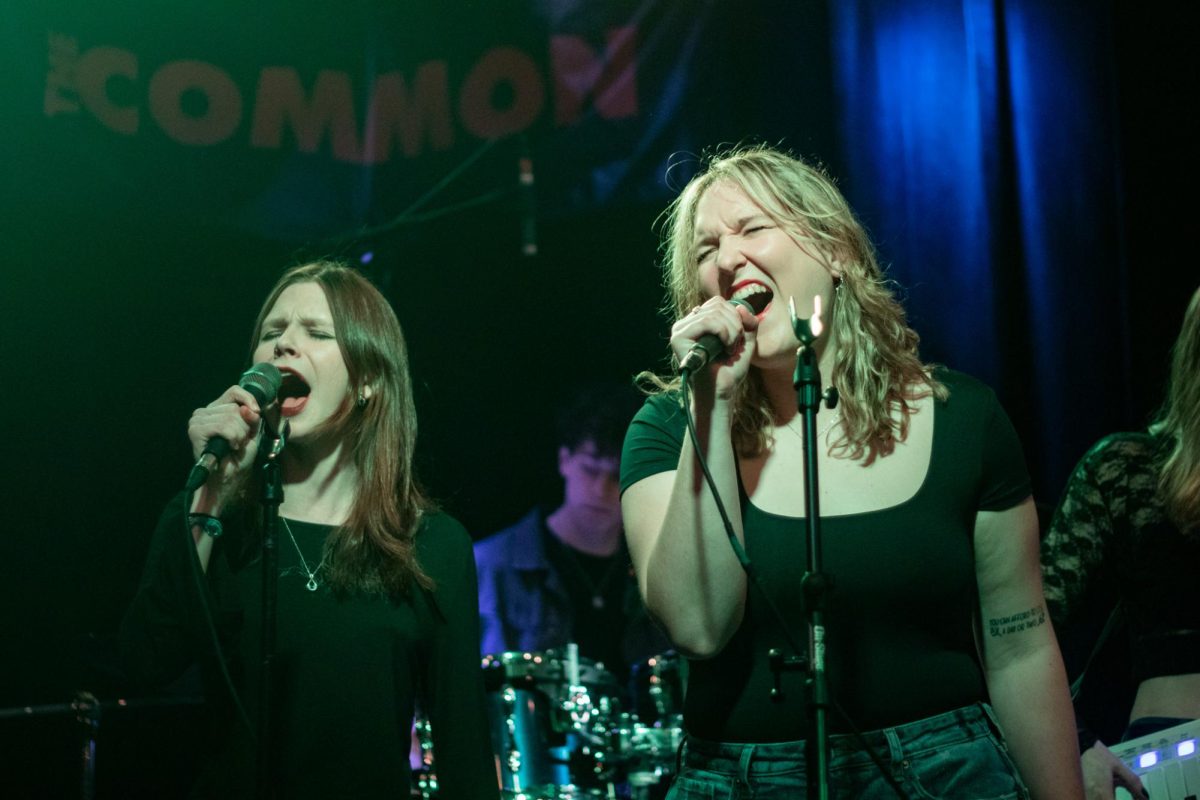

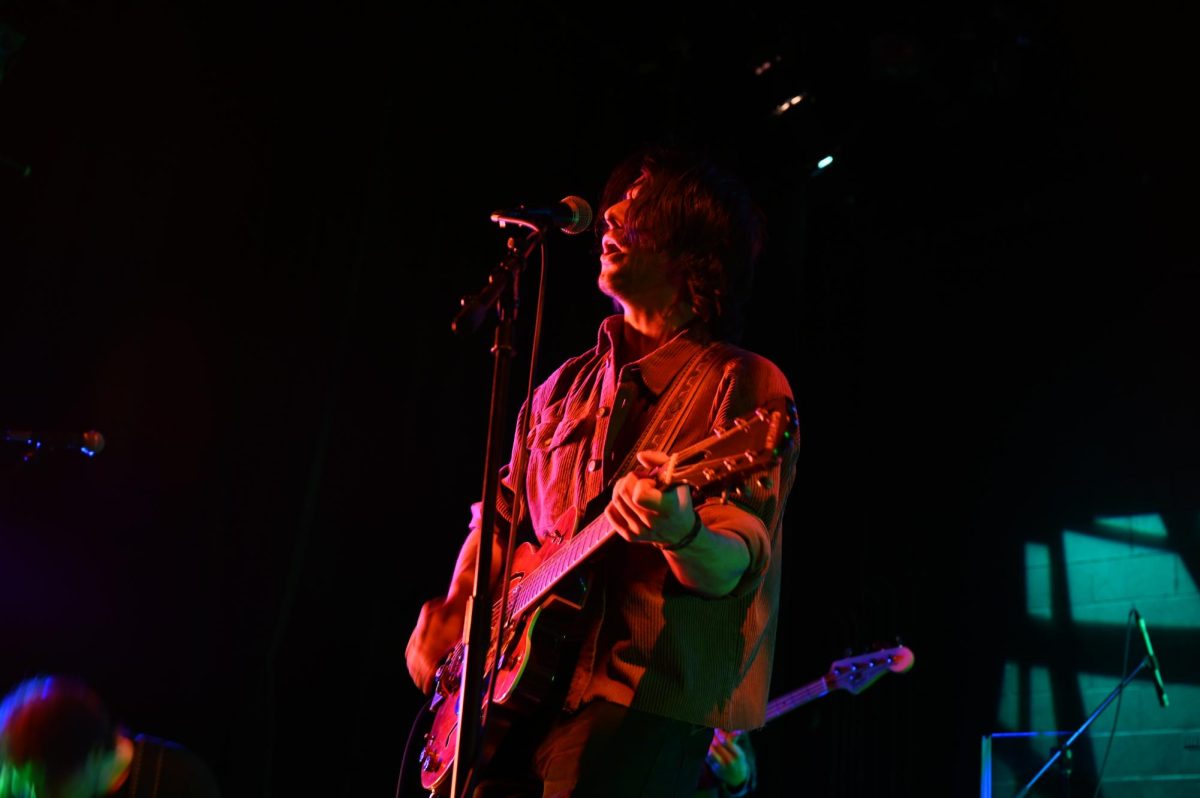



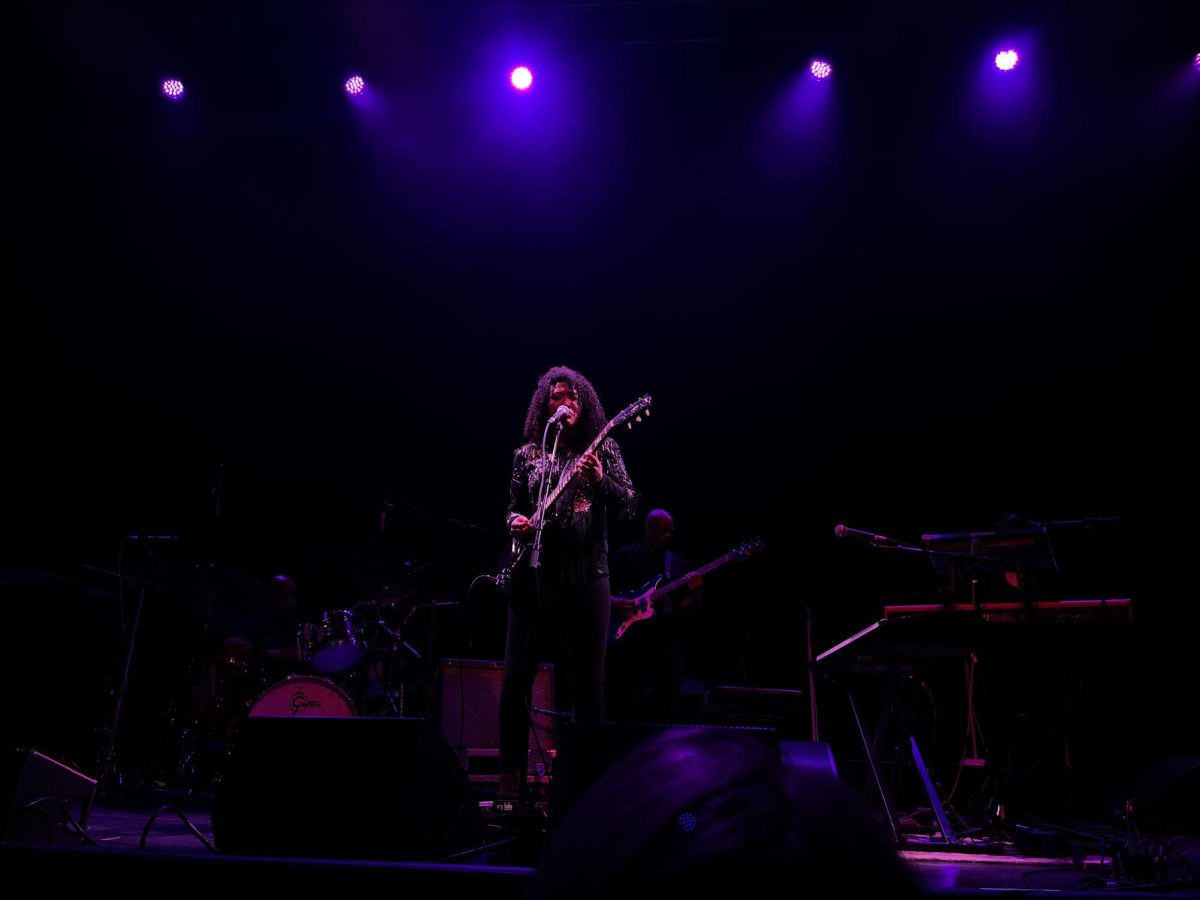
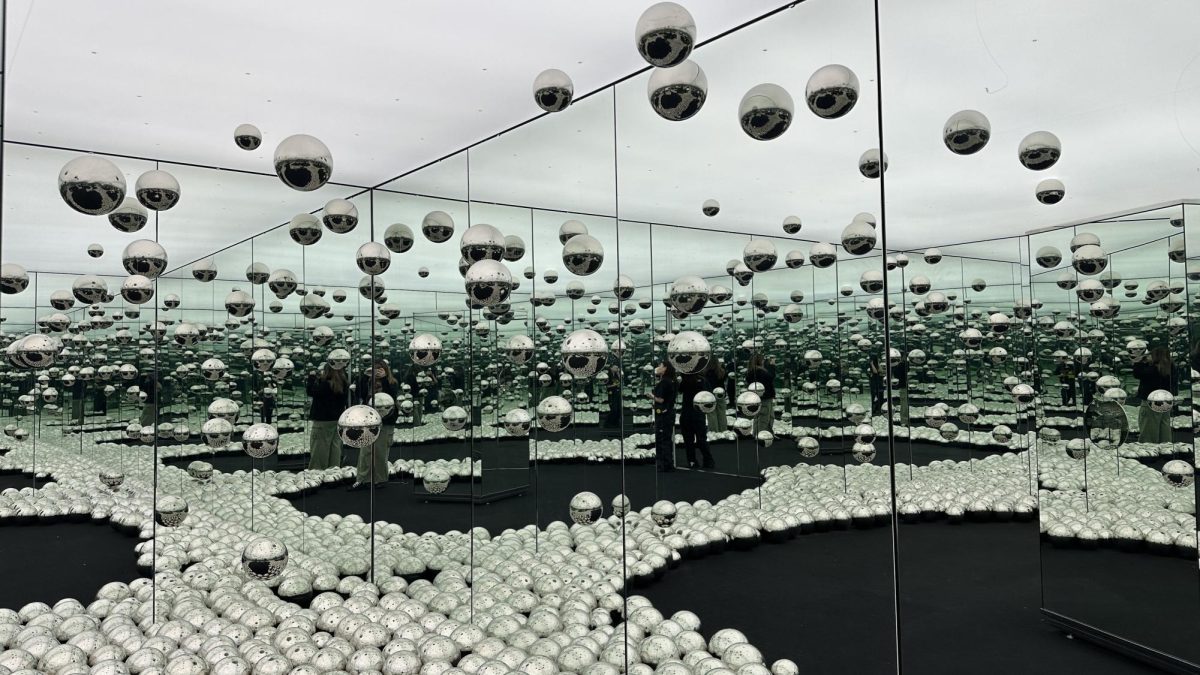
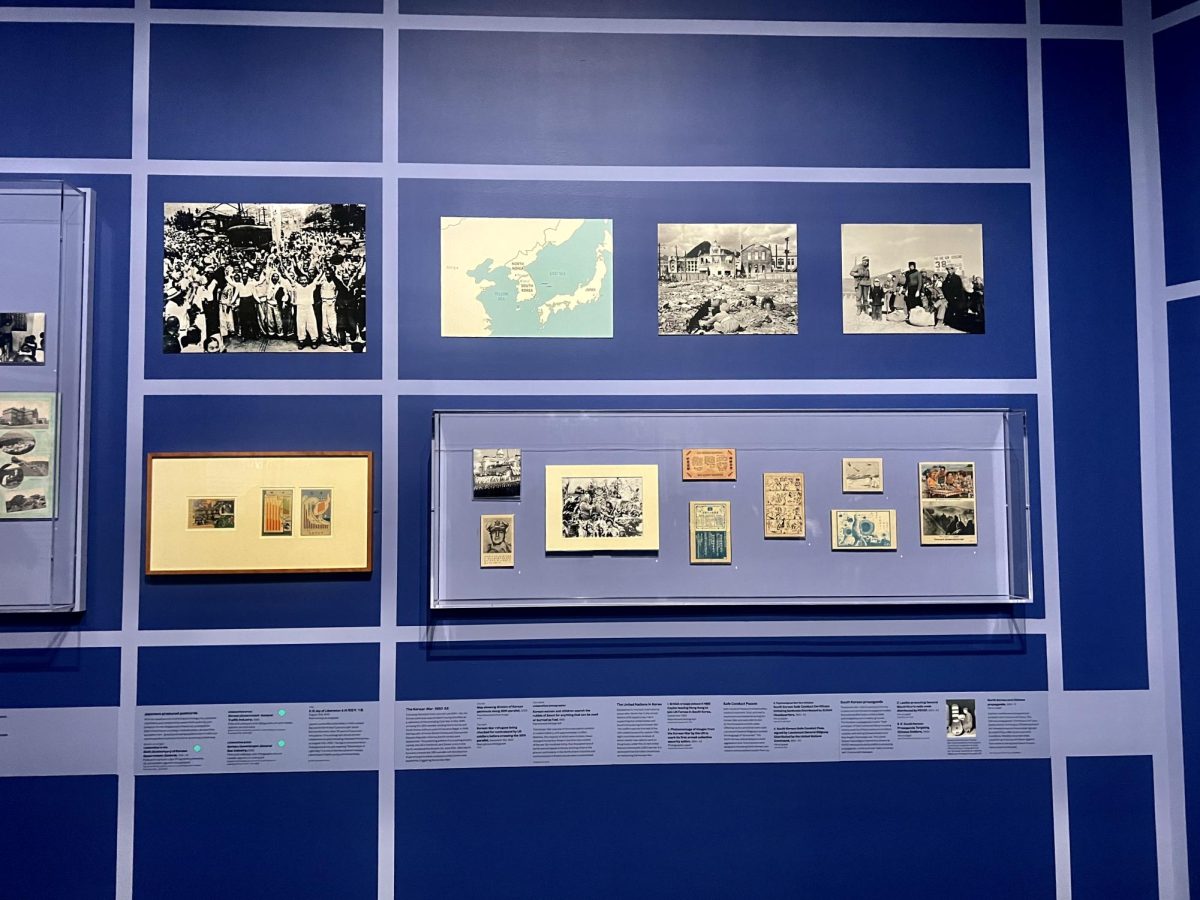
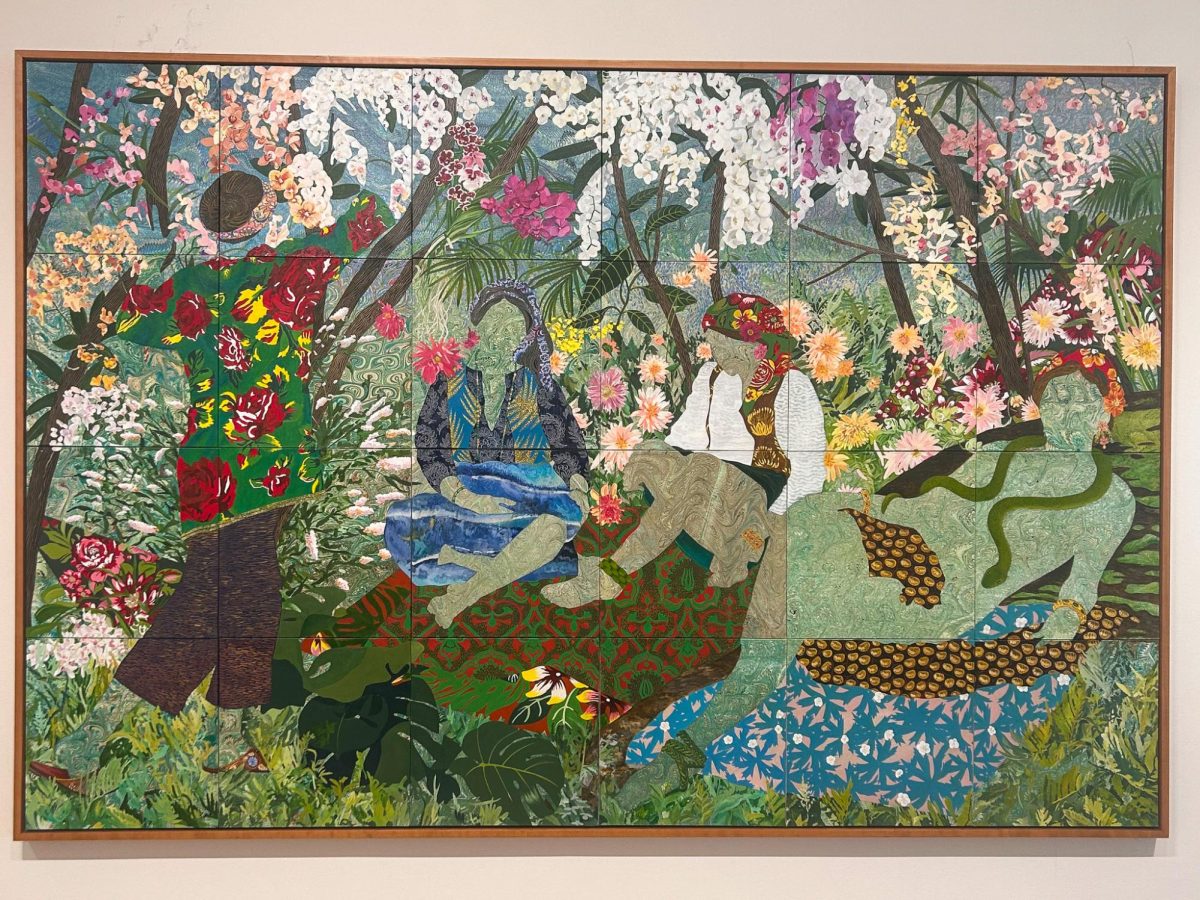
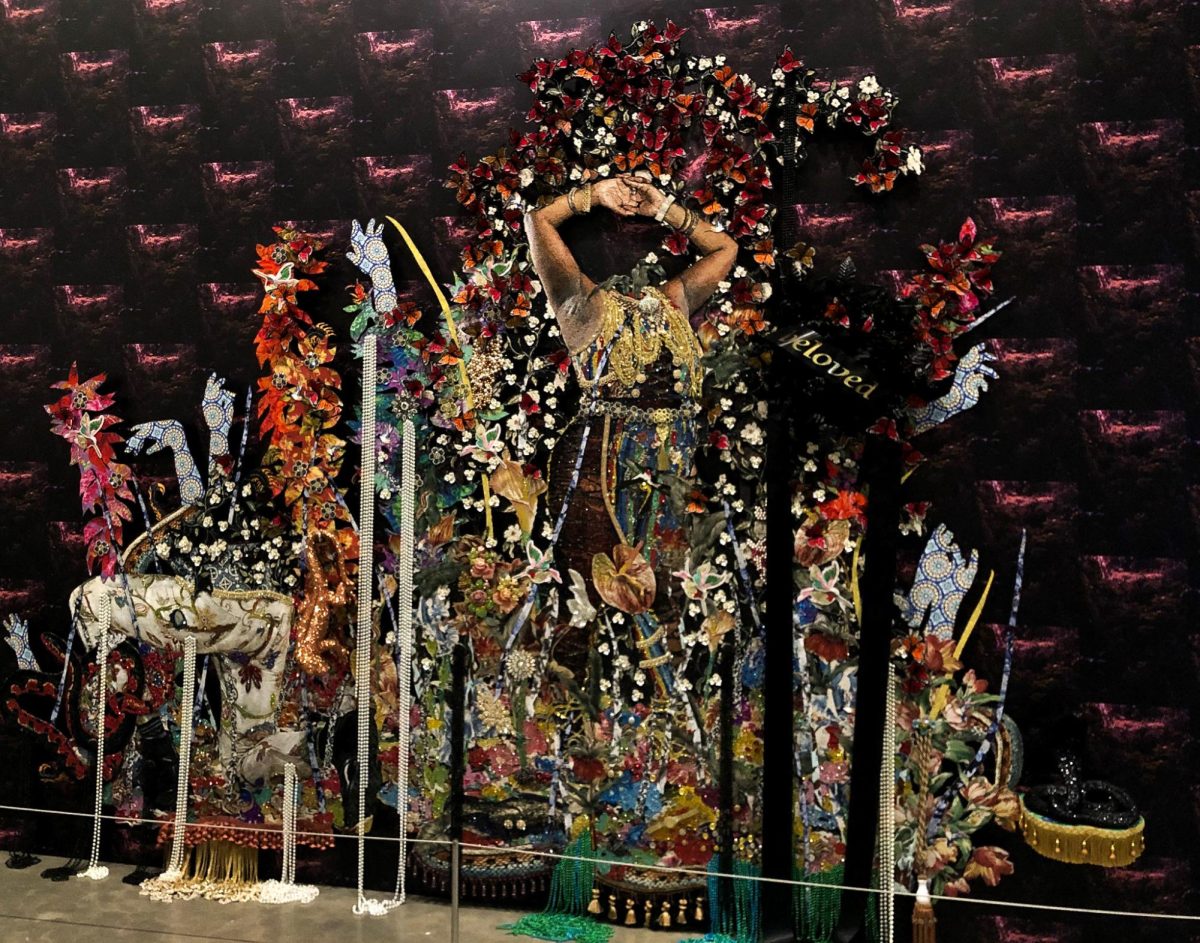
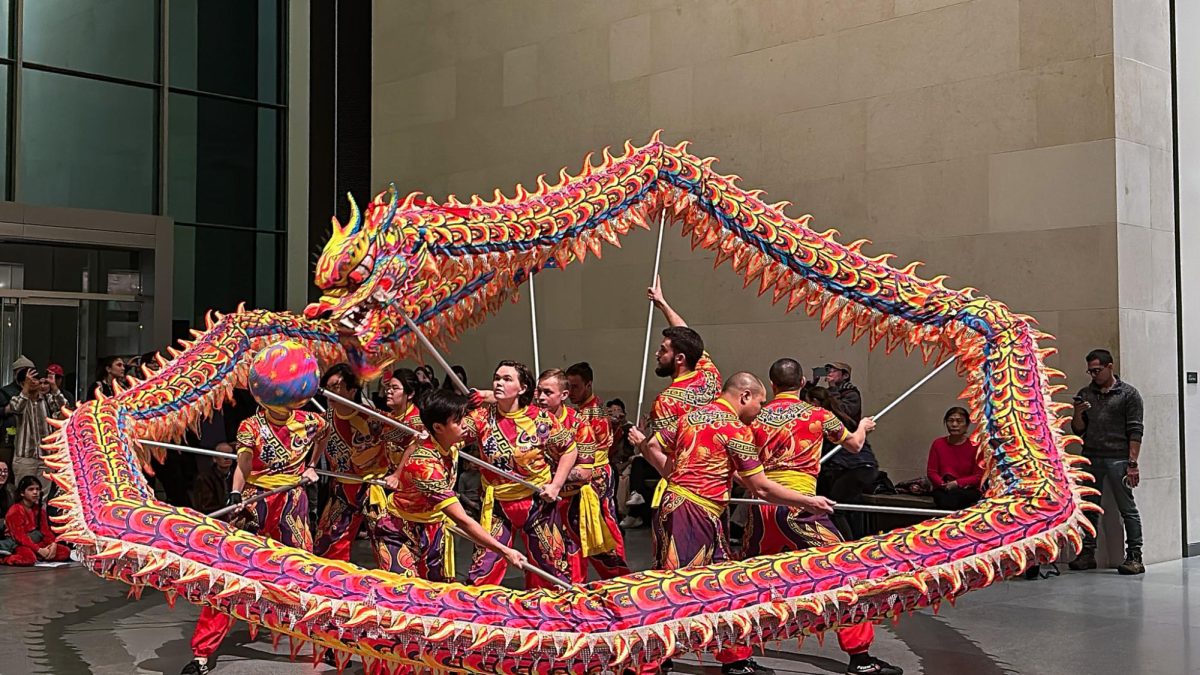
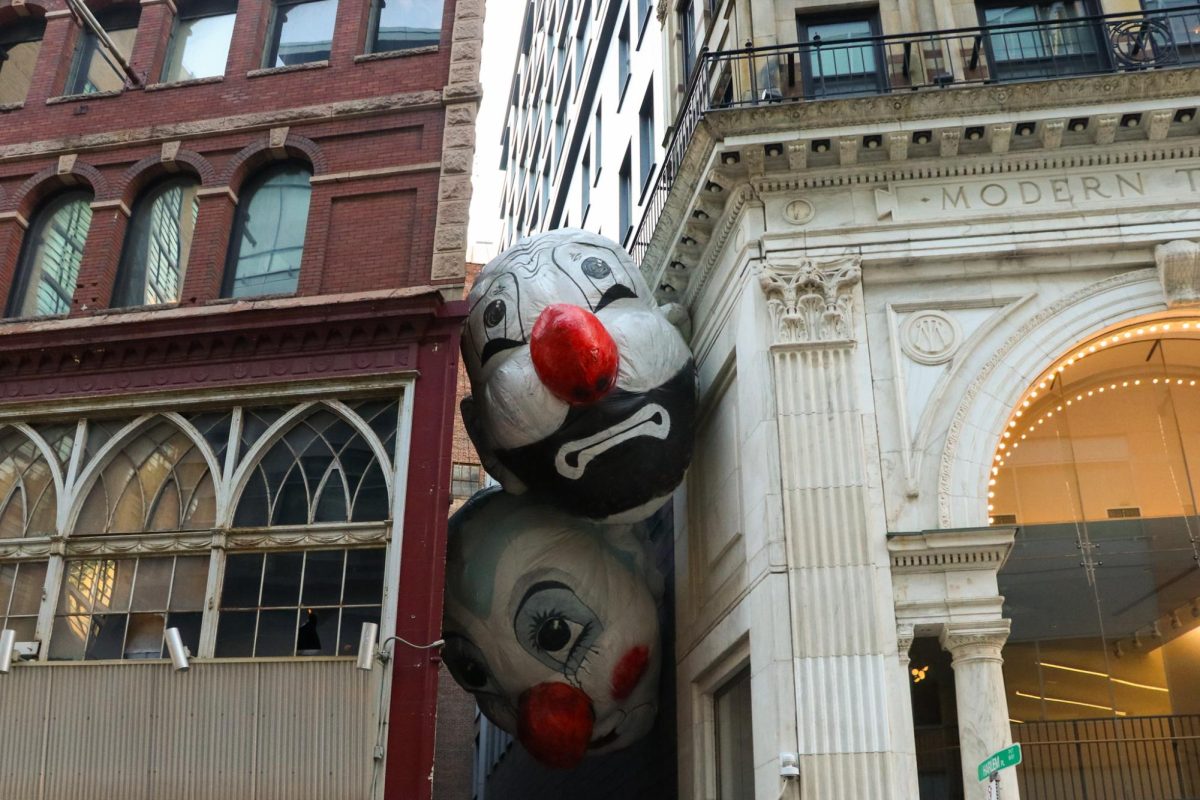
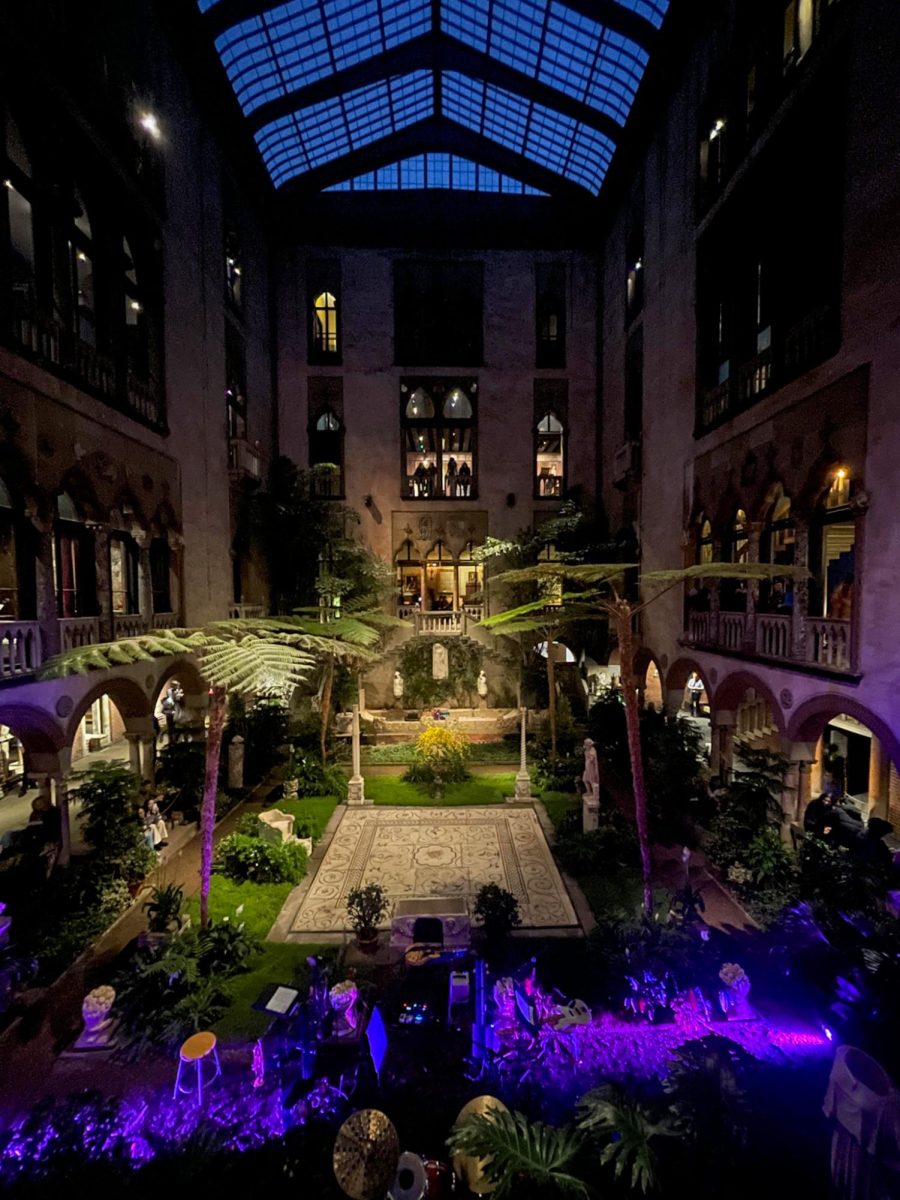

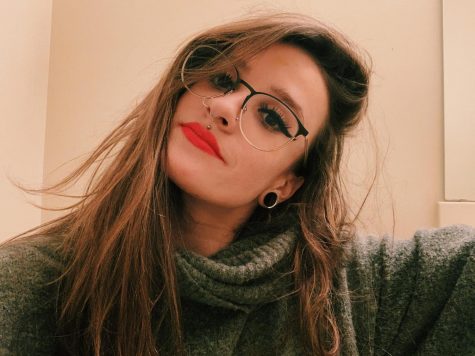
Jess • Mar 19, 2020 at 2:25 pm
It’s Colombia, not Columbia.
Dan Smith • Feb 15, 2020 at 3:32 pm
“Colombia,” the name of the South American nation, is spelled with two O’s. In particular, reading “Bogotá, Columbia” really grates. I don’t see how one can be attentive enough to notice the accent over the a in Bogotá, and to find the keyboard strokes to create it, and not notice the spelling of the name “Colombia.”